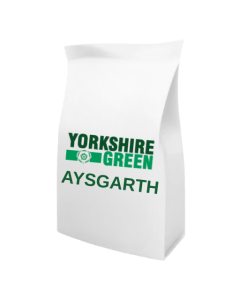Lifeline Lamb & Ewe
SKU
LIFELINELEBUCKET
VAT FREE
- Original patented formulation, and the only product proven by SAC to increase colostrum quality, including a 25% increase in IgG levels
- High energy, from several sources, ideal for ewes at risk of twin lamb disease
- Includes a blend of nutritional boosters, including lactose, mannan-oligosaccharides and beta-glucans to support the ewe’s immune function and colostrum quality
- Supports an easier lambing, and contains minerals, vitamins and trace elements, including good levels of selenium and vitamin E, to support lamb vigour
Ewes:
Offer ad lib, free-access 1 bucket (22.5kg) per 30 ewes or 1 x 100kg tub for up to 90 ewes.
| Weight | 22.500000 |
|---|---|
| Brand | Lifeline |
| Lambing Stage | Pre-Lambing |
Write Your Own Review













